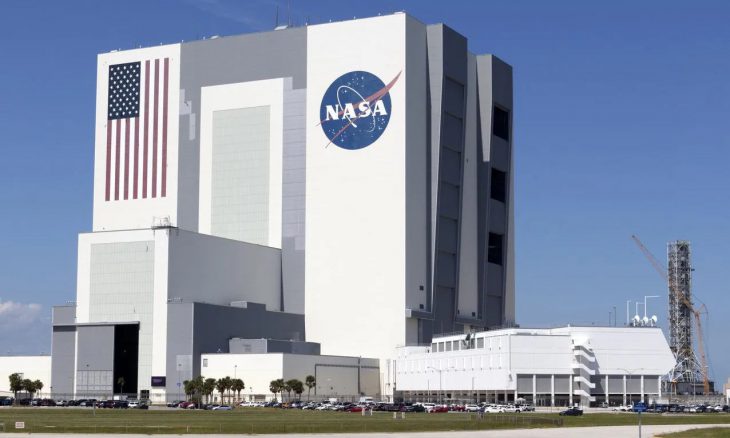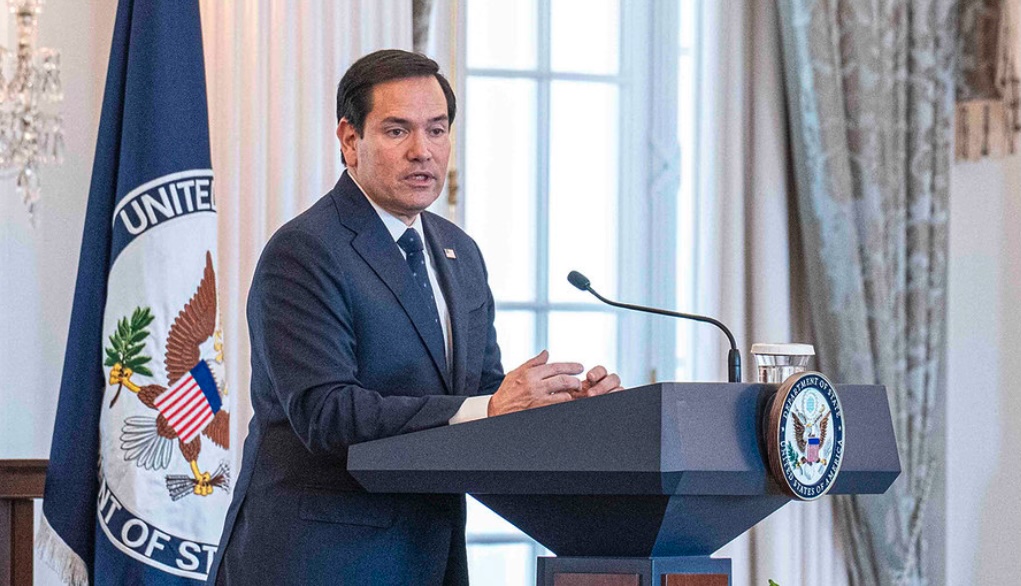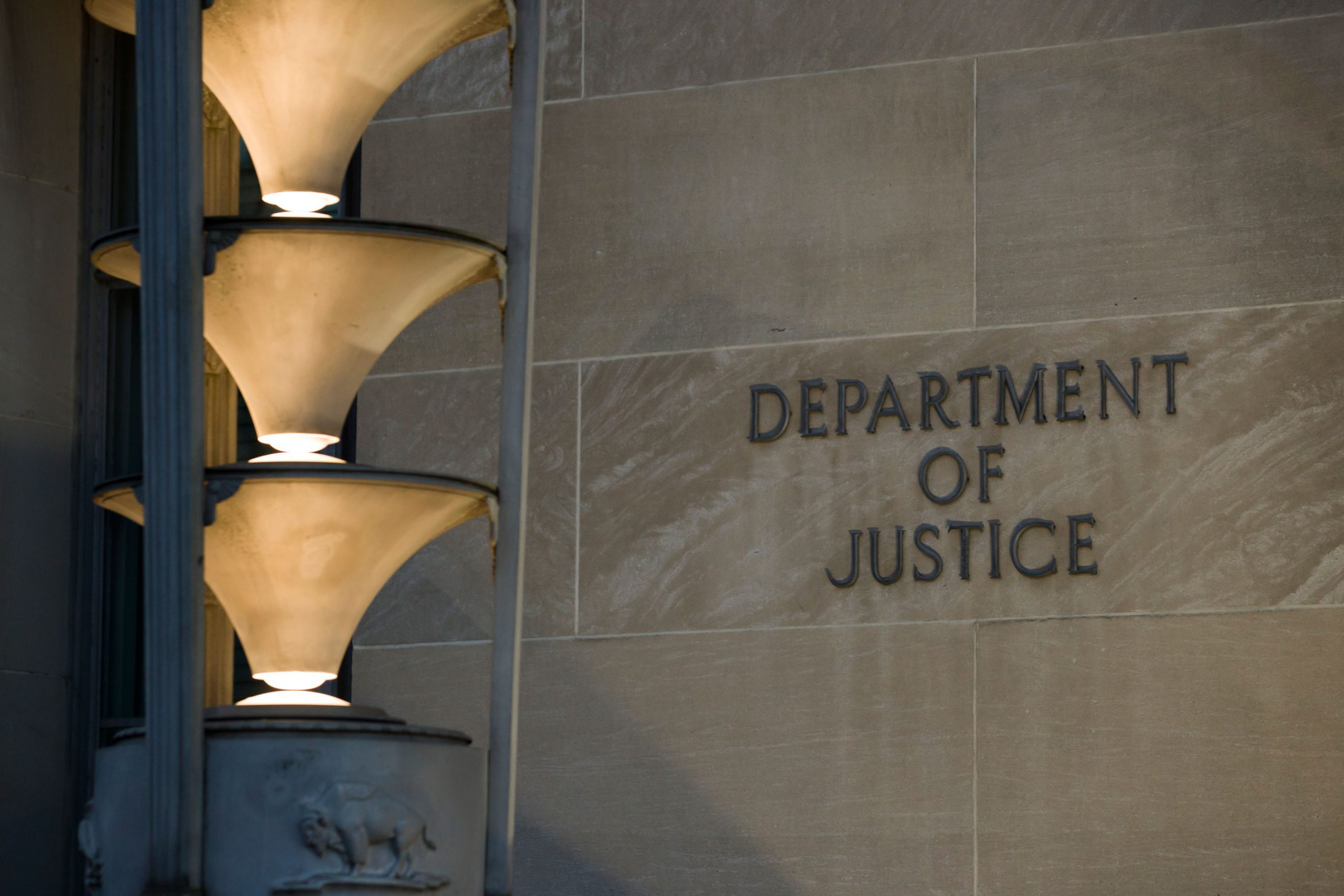One of the proposals will be selected to become a full mission for launch by 2032.
The National Aeronautics and Space Administration (NASA) selected two proposals for full space missions this month, which will receive a 12-month concept study. The two proposals advocate for the construction of individual scientific observatories: one would use X-ray imaging to study supermassive black holes, and the other would document far-infrared wavelengths to study distant radiant energy.
The two projects will showcase their feasibility through tests and compilation reports, after which NASA will select one to be their next mission. The selected mission is set to be launched by 2032.
“NASA’s Explorers Program brings out some of the most creative ideas for missions that help us reveal the unknown about our universe. Establishing this new line of missions – the largest our Astrophysics program has ever competed – has taken that creativity to new heights,” said Associate Administrator of Science Mission Directorate Nicola Fox. “Both of the selected concepts could enable ground-breaking science responsive to the top astrophysics priorities of the decade, develop key technologies for future flagship missions, and offer opportunities for the entire community to use the new observatory, for the benefit of all.”
As the Lord Leads, Pray with Us…
- For Administrator Bill Nelson as he heads the National Aeronautics and Space Administration.
- For Associate Administrator Fox as she oversees NASA’s Science Mission Directorate.
- For researchers and reviewers as they assess the feasibility and efficiency of the developed mission proposals.
Sources: NASA









